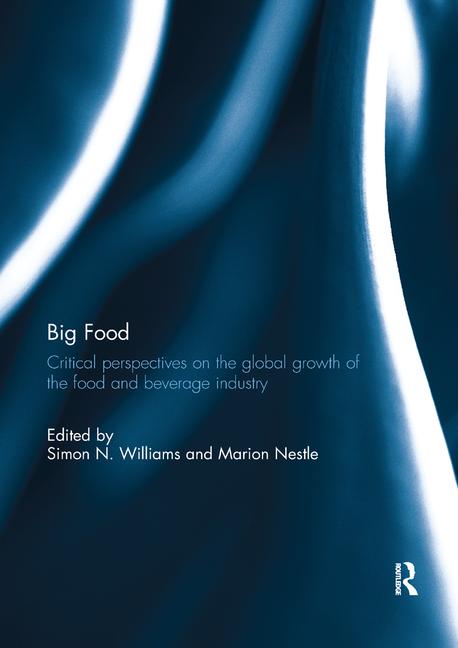Down and Drought

During a session at IFT 2012 in June, the International Food Information Council (IFIC) released the results of an industry-funded survey. While 56% of the 750 respondents had heard of or read something about sustainability, only 33% said they would be willing to pay more for food produced in a sustainable manner.
The same survey found 38% of consumers have a “somewhat” or “very favorable” opinion of plant biotechnology, well ahead of the 32% sharing that opinion in 2010. Some 26% regarded the plant biotech as neither favorable nor unfavorable, while 20% were “somewhat” or “very unfavorable.” Furthermore, the survey found consumers are largely content with the labeling of foods produced with biotechnology. Of those who were “not favorable” toward biotechnology, the most commonly cited reason was “lack of information and understanding of [its] benefits.”
Of those in support of biotechnology, the chiefly cited reasons included a reduced need for pesticides; improved nutritional qualities of foods; or increased production capacity to feed a greater number of people.
A need to feed a greater number of people on a severely reduced amount of land unaffected by drought? This could well be an opportunity for biotechnology. pf
Looking for a reprint of this article?
From high-res PDFs to custom plaques, order your copy today!






